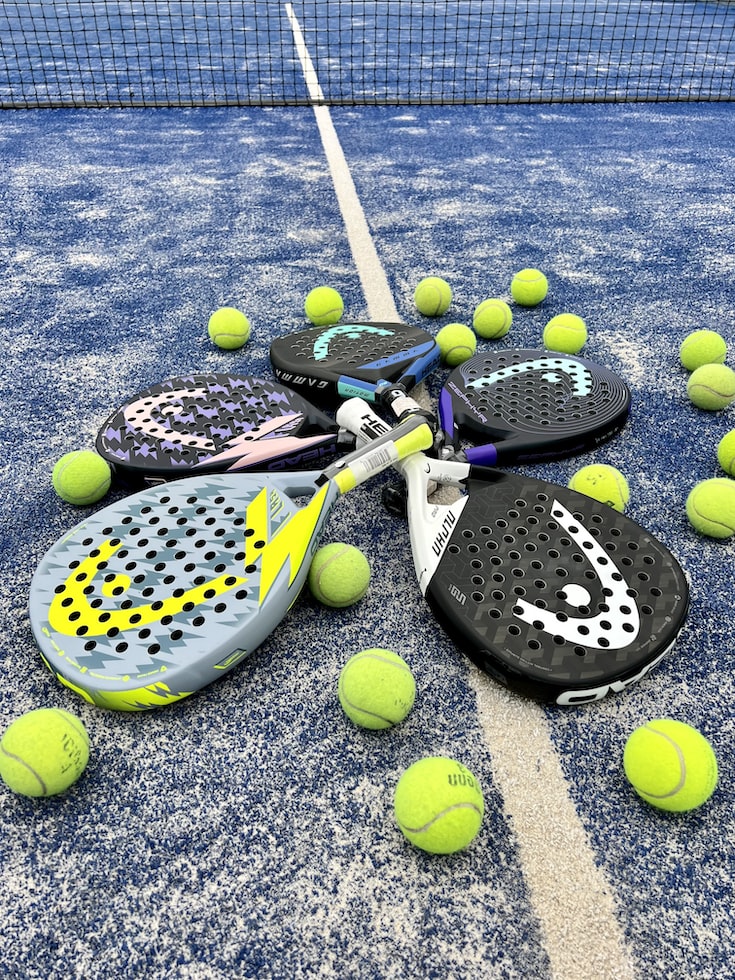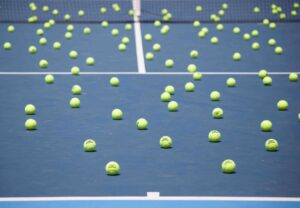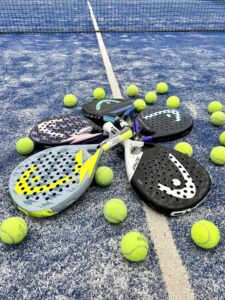The Importance of Footwork in Padel: A Guide for Novice Players
4 min read
The Importance of Footwork in Padel: A Guide for Novice Players
Introduction
Padel is an exhilarating sport that combines elements of tennis and squash, offering a unique and enjoyable experience for players of all ages and skill levels. While mastering racket techniques and tactics is crucial, one aspect often overlooked by beginners is footwork. Padel footwork for beginners is not only essential for moving swiftly and gracefully on the court but also for optimizing performance and preventing injuries. In this guide, we will explore the significance of footwork in padel and provide valuable tips to help novice players enhance their game.
The Foundation of Padel
Imagine building a house without a strong foundation – it simply wouldn’t withstand the test of time. The same principle applies to the game of padel. Strong footwork forms the foundation upon which players can build their skills and strategies. Without solid footwork, players may find themselves off balance, struggling to reach shots, and unable to position themselves optimally during rallies.
The Art of Moving: Padel Footwork Basics
Padel footwork for beginners entails understanding the proper techniques and movements required to navigate the court effortlessly. Here are some fundamental footwork basics to keep in mind:
1. Ready Position
The ready position is your starting point before receiving a serve or anticipating an opponent’s shot. Keep your body balanced, weight evenly distributed, with knees slightly bent. This stance allows for quick reaction times and efficient movement in any direction.
2. Split-Step
The split-step is a small hop just before your opponent strikes the ball. It helps you to quickly change direction and react to shots effectively. As your opponent prepares to hit, jump slightly off the ground, spreading your feet shoulder-width apart, and land softly on the balls of your feet.
3. Short Shuffle Steps
During a rally, being light on your feet is crucial. Use short shuffle steps to adjust your position and get in the right spot to hit the ball comfortably. By taking small, quick steps, you’ll maintain balance and agility, allowing for quick changes in direction.
4. Lunges and Side Steps
In situations where you need to cover more ground, such as reaching for a wide shot, lunges and side steps are essential. Lunges help maximize reach and stability, while side steps allow you to move quickly sideways while keeping your body facing the net.
5. Recovery Steps
After executing a shot, quickly recover to the center of the court by using efficient recovery steps. These steps include a combination of short shuffles and lunges, helping you regain balance and position yourself optimally for the next shot.
The Benefits of Mastering Footwork
The advantages of mastering padel footwork for beginners are numerous. Firstly, it allows you to be more proactive on the court, reaching shots that seemed impossible before. Secondly, it enhances your overall gameplay by increasing your agility and speed, enabling you to cover the court efficiently. Proper footwork also helps to alleviate unnecessary strain on your joints and muscles, reducing the risk of injury.
Tips for Improving Footwork
Here are some tips to help beginner padel players sharpen their footwork skills:
1. Practice Footwork Drills
Devote dedicated practice sessions to footwork drills. Working on specific movements can improve your muscle memory and coordination on the court. Focus on split-steps, short shuffle steps, lunges, and recovery steps to embed these techniques into your gameplay naturally.
2. Watch Professional Players
Observe and analyze the footwork of professional padel players. You can find numerous matches and tutorials online. Pay attention to how they position themselves, move, and recover during rallies. By observing the pros, you can adopt and adapt their footwork techniques into your own game.
3. Prioritize Conditioning and Flexibility
Regular exercise, conditioning, and flexibility training are essential to support your footwork development. Engage in cardio exercises to improve endurance and stamina, as well as strength training to enhance stability and power. Stretching exercises will improve your flexibility, allowing for smoother and more controlled movements on the court.
4. Practice Footwork in Game Simulations
One of the best ways to improve footwork is to simulate real-game scenarios. Play practice matches or find a training partner to practice various shots and movements. Incorporate footwork techniques you have learned into these sessions, gradually building your confidence and proficiency.
Conclusion
Padel footwork for beginners is a crucial aspect of the game that should not be underestimated. Solid footwork forms the foundation upon which players can enhance their overall performance and enjoy the sport to its fullest. By mastering the art of footwork, novice players can improve their agility, reach shots more effectively, and minimize the risk of injuries. So, lace up your sneakers, get on the court, and get ready to dazzle your opponents with your newfound footwork prowess!







